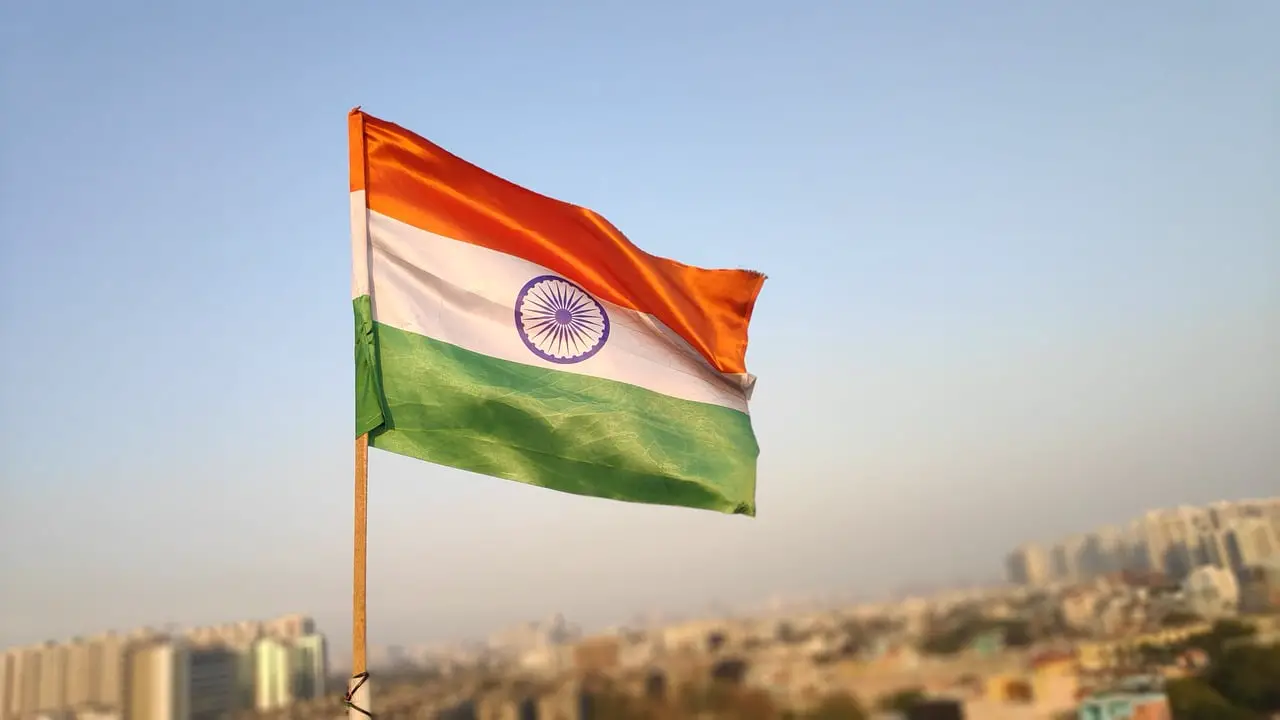In the diverse mosaic of India’s cultural heritage lies a treasure trove often overlooked: Indian Sign Language (ISL). This silent yet eloquent mode of communication serves as a lifeline for millions, bridging the gap for those who are deaf or hard of hearing across the subcontinent.
Origins and Evolution
The roots of ISL trace back centuries, evolving organically within various communities across India. Unlike a universal sign language, ISL exhibits regional variations, incorporating localized gestures, expressions, and nuances. This diversity echoes the cultural vibrancy woven into the fabric of India, where each region boasts its unique dialect and cultural flair.
Over time, ISL developed within deaf communities and schools for the deaf, fostering a rich lexicon of gestures and expressions. It has continued to evolve, blending traditional signs with modern adaptations, reflecting the changing dynamics of society and technology.
Usage and Community
Estimates suggest that approximately 18 million people in India are deaf or hard of hearing, fostering a sizable community dependent on ISL for daily communication. However, despite its significance, awareness and accessibility remain major challenges. Many hearing individuals lack exposure to ISL, leading to communication barriers and social exclusion for the deaf community.
Efforts are underway to promote ISL education and awareness. Schools for the deaf, NGOs, and advocacy groups tirelessly work to expand ISL’s reach, advocating for its inclusion in educational curricula and public spaces. Increased recognition of ISL as a distinct language, with its grammar and syntax, has been a pivotal step toward its broader acceptance.
Government Initiatives and Recognition
In 2019, a landmark moment unfolded when the Indian government recognized ISL as a formal language, granting it official status and acknowledging its importance in empowering the deaf community. This recognition marked a significant milestone, signaling a shift toward inclusivity and equality for individuals using ISL as their primary mode of communication.
The government’s support further manifested through the Rights of Persons with Disabilities Act (RPWD) of 2016, which mandated measures to ensure accessibility and equal opportunities for people with disabilities, including provisions for ISL interpreters in public services and educational institutions.
Challenges and Opportunities
While strides have been made in recognizing and promoting ISL, challenges persist. Accessibility to quality education in ISL, scarcity of trained interpreters, and limited awareness among the general populace hinder the seamless integration of the deaf community into mainstream society.
However, the growing momentum behind ISL presents immense opportunities. Increased advocacy, educational reforms, technological innovations (like video relay services), and the growing presence of ISL interpreters in media and public events signify positive steps toward a more inclusive society.
Conclusion
Indian Sign Language serves as a poignant testament to the resilience, diversity, and richness of India’s cultural tapestry. Its journey from the grassroots to official recognition showcases the power of advocacy and collective action in fostering inclusivity.
As awareness spreads and efforts to enhance accessibility intensify, the hope is for a future where ISL is not just a language for the deaf community but a shared language fostering unity, understanding, and inclusivity across the vibrant landscape of India.




One thought on “Unlocking the Vibrant World of Indian Sign Language: A Rich Tapestry of Expression”